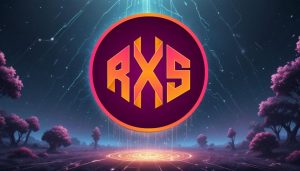Ethereum layer 2 zkEVM Scroll is live on mainnet

Scroll is an open-source Ethereum L2 rollup leveraging zero-knowledge proofs.
The network offers increased speed and lower fees for developers.
Scroll, an Ethereum layer 2 zkEVM-powered network, has announced that its mainnet is now officially live. The announcement comes after the zkEVM appeared to have quietly launched on mainnet a few days ago.
The L2 solution was founded in 2021 by Ethereum enthusiasts and developers and focused on advancing zero-knowledge proofs on the leading proof-of-stake blockchain.
After more than two years of building, we are thrilled to announce the launch of Scroll Mainnet.
As we open the doors to Mainnet, we want to take a moment to reflect on our journey thus far 💛 pic.twitter.com/WKfkjyIkB0
— Scroll 📜 (@Scroll_ZKP) October 17, 2023
Scroll’s live on mainnet
The launch of the Scroll mainnet comes after more than 15 months of extensive testnets and security audits. The development means Scroll is now publicly available.
“Our testnets have allowed us to approach the Mainnet release with the attention to detail and caution necessary to ensure its success,” the team noted an announcement published on Tuesday.
Since its initial release, Scroll’s testnets has seen more than 450,000 smart contracts deployed and over 90 million total transactions at an average of 305,000 transactions per day. Details shared via blog release also showed the production of over 9 million blocks and 280,000 zk proofs generated.
Users of the zkEVM-enabled scaling solution will benefit from EVM compatibility and the security of the Ethereum blockchain. But more than that, Scroll promises lower network fees and latency. In this case, developers canl leverage the platform’s technology for cost-efficient development of decentralised applications.
“We see a future where the vast majority of value transfer takes place on L2s on Ethereum. What will drive that adoption is improved user and developer experience,” Sandy Peng, co-founder of Scroll, said, adding:
“We focus on enabling developers to build blockchain applications that will anchor web3 in real world use cases, attracting new users en masse, and moving everyone forward.”















